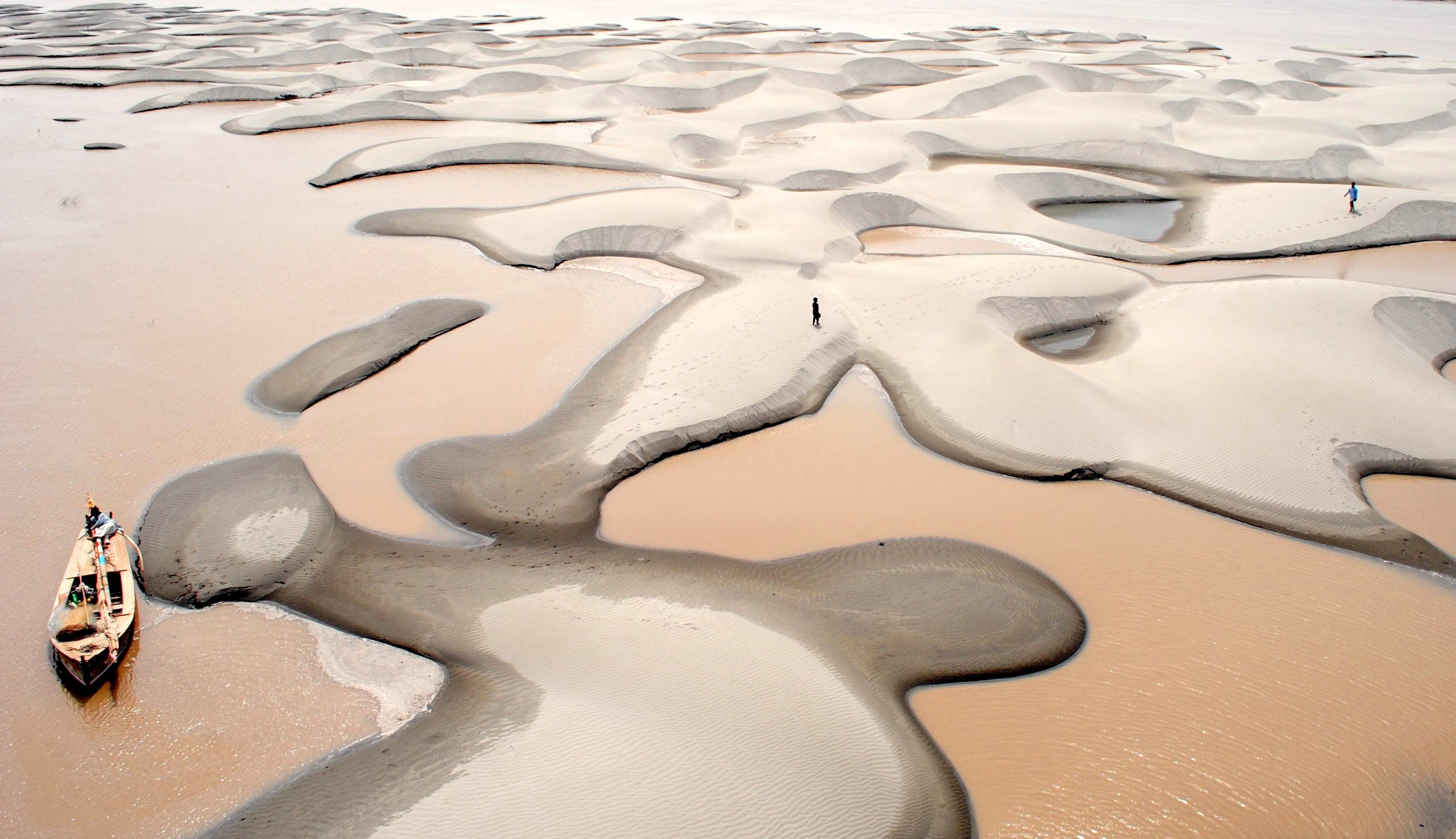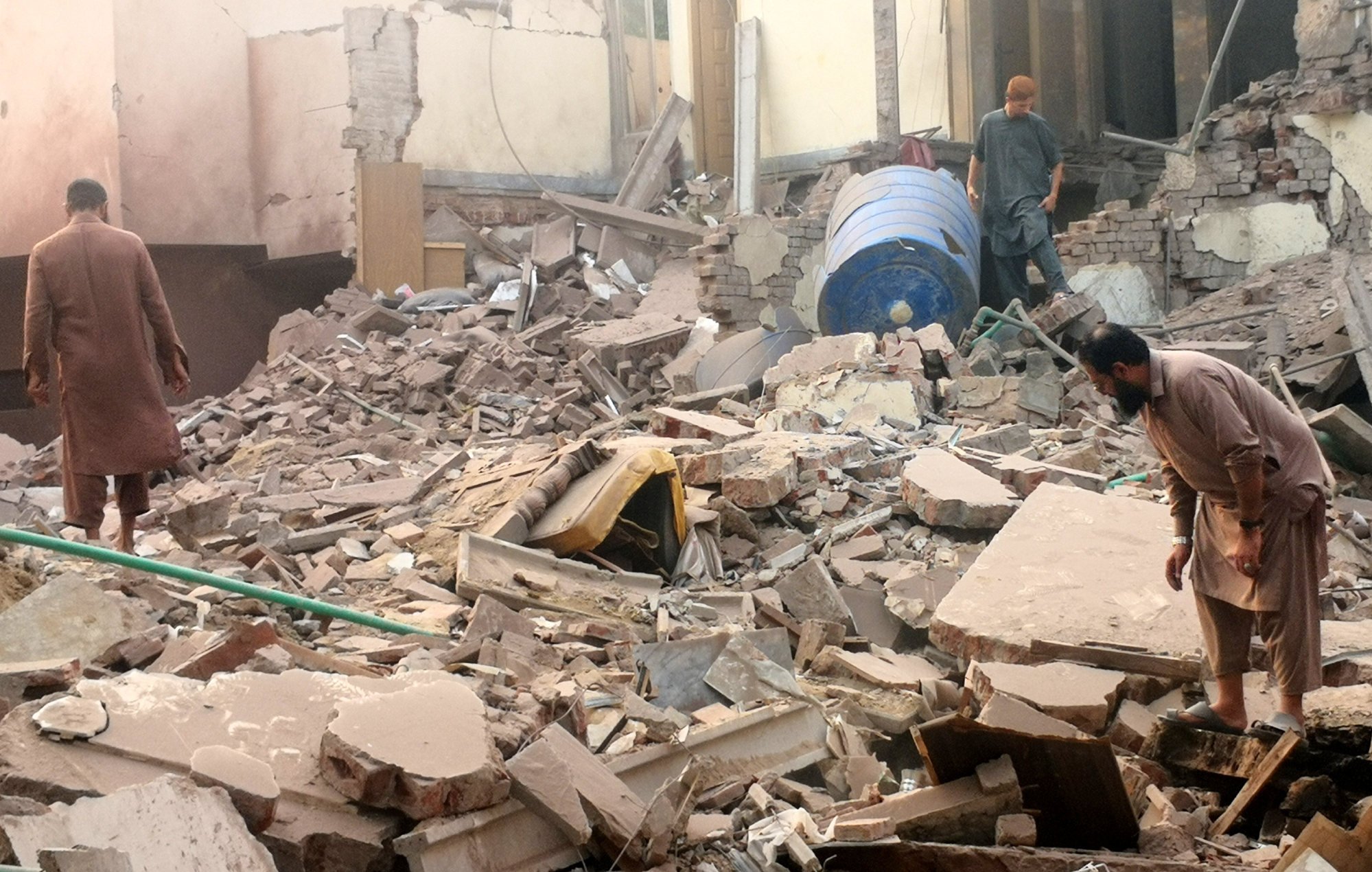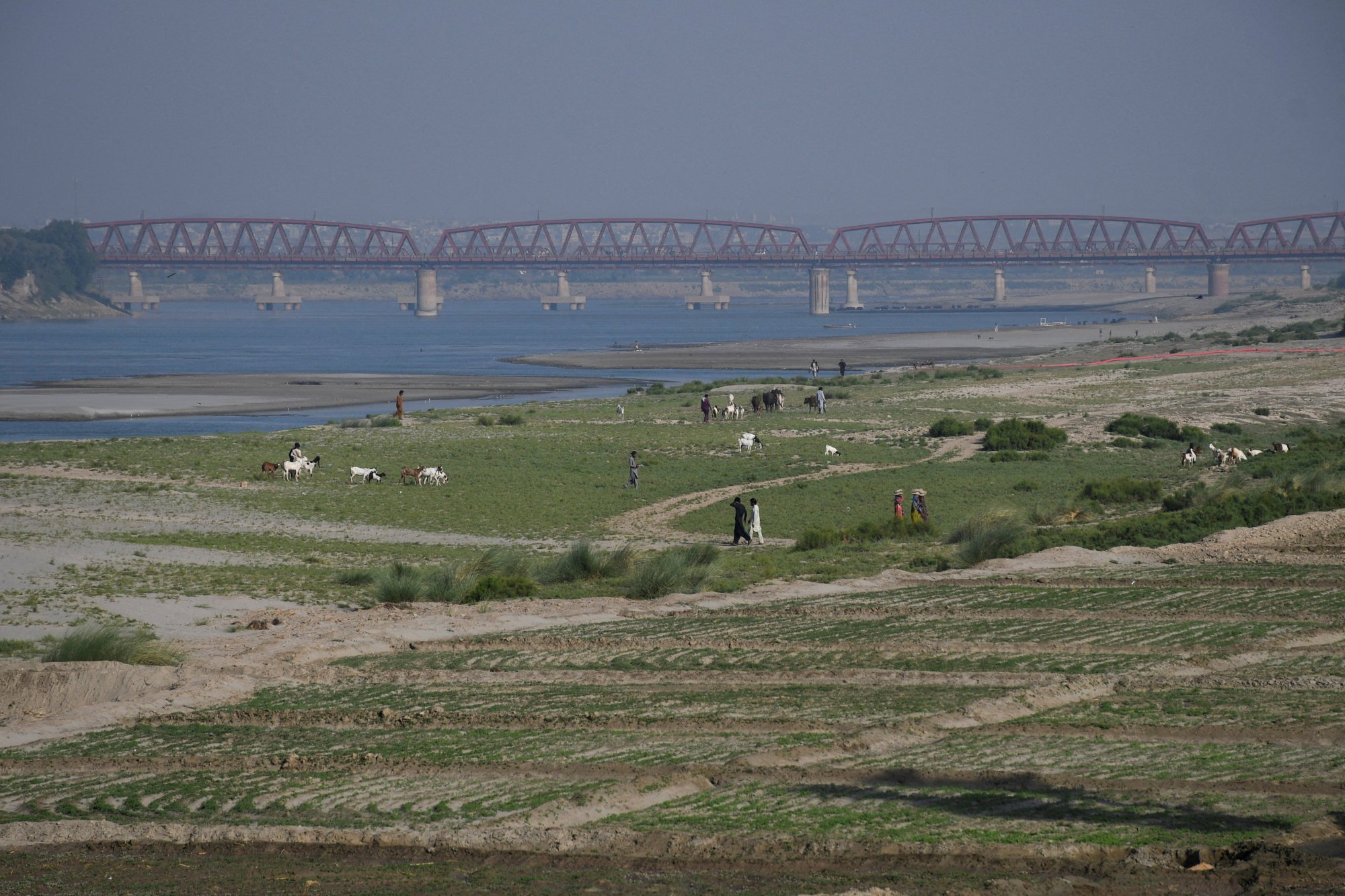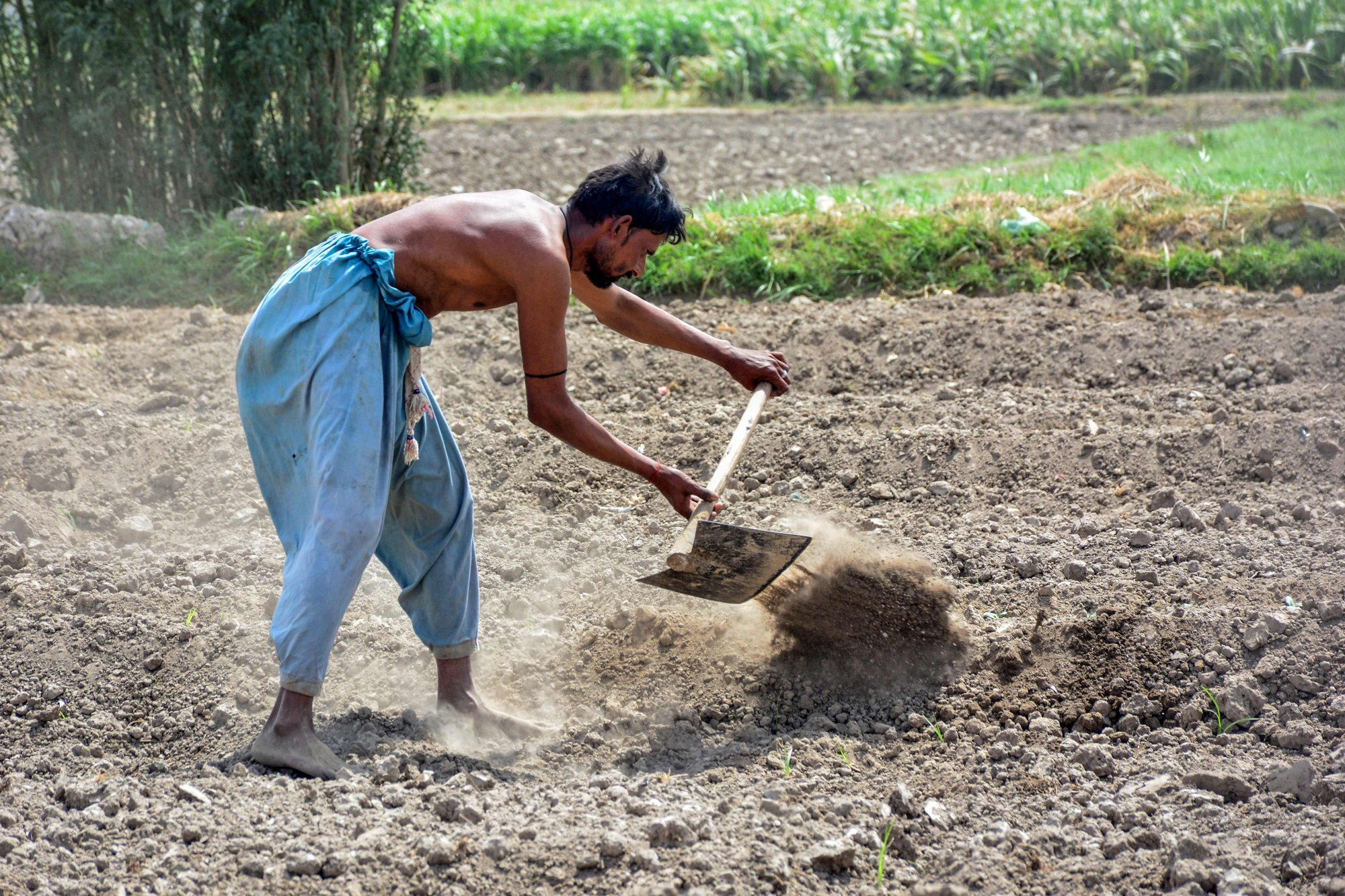Water wars: as India weaponises rivers, Pakistan thirsts for security
India’s suspension of a decades-old water treaty has left Pakistan’s farmers facing ruin. Rivers are becoming battlegrounds elsewhere, too

Wars aren’t always fought with missiles and guns. Sometimes, the weapon is water.
India demonstrated just how potent that weapon can be this month when it reduced the flow of a tributary to the Indus River, a lifeline for Pakistan’s food security.
Weeks earlier, New Delhi had suspended a decades-old water-sharing agreement with its nuclear-armed neighbour in response to a deadly militant attack on tourists in Indian-administered Kashmir.
On Tuesday, Indian Prime Minister Narendra Modi declared that his country would stop its water from flowing over international borders, saying: “India’s water will flow for India’s benefit, it will be conserved for India’s benefit, and it will be used for India’s progress.”
A day later, Delhi unleashed a barrage of strikes on Pakistani territory. Both countries have since exchanged cross-border fire and shelling and sent drones and missiles into each other’s airspace, with about four dozen people dying in the violence.

For Pakistan, a downstream nation reliant on external sources for more than three-quarters of its renewable water supplies, the message of the past few weeks has been unmistakable: water is power, and power can be wielded.
In doing so, India joined a growing list of nations weaponising water, a practice that has surged since the turn of the century, according to the Pacific Institute, a California-based think tank for water conservation. Since 2017, disputes over water had outnumbered successful sharing agreements, it found.
From the Nile to the Euphrates and the Mekong, rivers are becoming tools of leverage and conflict, as nations seek to secure their futures in an increasingly water-scarce world. With global demands on water intensifying, analysts predict a rise in disputes over the life-sustaining resource.
“The greater the gap between water demand and supplies, the greater the potential power held by parties positioned to control water resources,” said David Michel, senior fellow for water security at the Centre for Strategic and International Studies think tank in Washington. “This is why it [Pakistan] is vulnerable to, and fears, pressures from India.”
He warned that more upstream nations would likely wield water as a strategic asset – not just in water-related disputes, but in broader economic and political negotiations.

In drought-prone Afghanistan, efforts to build dams and canals along the Harirud, Helmand, Kabul and Kunar rivers have heightened tensions with Iran, Pakistan and Turkmenistan. These neighbours accuse the ruling Afghan Taliban regime of turning water into a bargaining chip.
Similarly, irrigation projects on the Amu Darya river have strained relations between Afghanistan and downstream Uzbekistan and Turkmenistan, while border clashes between Tajikistan and Kyrgyzstan over river access have repeatedly erupted in recent years.
India itself is no stranger to water anxieties. A Chinese superdam set to rise on the Yarlung Tsangpo River in Tibet threatens disruptions downstream in India, where it becomes the Brahmaputra. Meanwhile, India’s Farakka Barrage on the Ganges remains a sore point in relations with downstream Bangladesh.
The lack of robust agreements like the World Bank-mediated Indus Waters Treaty – which India suspended last month – has aggravated tensions across Asia. On the Mekong River, for instance, disputes have occurred between upstream China and downstream nations Cambodia, Laos, Thailand and Vietnam. Farther west, Turkish dams on the Euphrates and Tigris have reduced flows to Iraq and Syria, while in Africa, Ethiopia’s massive Nile dam project has stirred animosity with Egypt and Sudan.
‘Driver of conflict’
Water has long been a driver of civilisation, and conflict. The Nile, Euphrates-Tigris and Indus river systems gave rise to some of the world’s first civilisations. But their waters have also been linked to collapse. Some scholars believe natural shifts in the Indus River’s course hastened the demise of the Bronze Age Harappan civilisation, which ceased to exist around 1300BC.
Today, Himalayan glaciers, the source of water for millions across South and Central Asia, are melting at alarming rates. Some studies suggest these glaciers could lose 80 per cent of their coverage by the century’s end, a catastrophic blow for the countries dependent on this vast natural reservoir.
There is no danger of modern civilisations collapsing due to water scarcity, according to Michel. But water insecurity “risks imposing a terrible toll on lives and livelihoods”, he said – pointing to a World Bank analysis that found water scarcity could shrink economies across much of Central Africa, the Sahel, East and Central Asia, and the Middle East by as much as 14 per cent by 2050, without substantial policy changes.
“The likelihood of water becoming a driver of conflict is increasing,” Laura Birkman, director of the climate, water and food security programme at the The Hague Centre for Strategic Studies, told This Week in Asia.
Regions with rapid population growth, desertification and poor water governance face the greatest risk, she said. “While the link is complex, a lack of water can harm health, jobs and food, especially in weak states, add to tensions and trigger violence.”
In Pakistan, the threat is existential, analysts say. The developing country’s outdated systems of food production leave it vulnerable to disruptions in water flow. Farmers, particularly in southern Sindh province, are still reeling from the 2022 “superfloods” that submerged one-third of the nation, devastating crops and livestock.

An earlier catastrophic flood in 2010 slashed rice production in Sindh by almost 30 per cent, Michel said. “Too much water can be as damaging to agriculture as too little,” he said.
Extreme weather events had badly affected farming in Sindh, Muhammad Ali Bhutto, a large-scale agricultural land owner in the province, told This Week in Asia.
“Most farmers here have lost money on every crop since the 2022 floods,” said Bhutto, who is a special assistant to Murad Ali Shah, chief minister of the Sindh provincial government.
The plight of farmers in Pakistan’s Indus River Basin has worsened under the weight of a persistent drought that began after last year’s monsoon. The dry spell has ruined staple “rabi” crops like wheat and tomatoes, harvested in April, while delaying the planting of “kharif” crops such as rice and sugar cane, typically harvested in October.
In Sindh, Pakistan’s second-largest agricultural producer, the outlook is especially grim. Even before India suspended water-sharing with its neighbour, crop yields were 20 to 40 per cent lower in the southern province than they were in upstream Punjab, Bhutto said. This disparity is caused by geography: the Punjab region, named for the five rivers flowing through it – the Indus and its tributaries – has better water levels and weather conditions.
Under the 1960 Indus Waters Treaty, Pakistan has the rights to the waters of the Indus and its westernmost tributaries, the Jhelum and Chenab, while India is entitled to flows from the eastern Ravi, Sutlej and Beas rivers.
For the subsistence farmers who depend on these rivers, any disruption to water flow can have “devastating” consequences, Birkman said, threatening crop yields, food insecurity and loss of income.
Many of these farmers, she said, “often lack access” to alternative water sources or financial means to invest in adaptive technologies, leaving them “highly susceptible to the impacts of water scarcity”.
The resulting economic hardship can force families to abandon their land, uprooting communities and eroding traditional ways of life. For some, migration is the only option – whether to other rural areas or overcrowded urban centres, where competition for jobs is fierce. Others, particularly vulnerable groups like the young, may turn to illicit activities for survival.
Pakistan must recalibrate its entire food security doctrine away from the illusion of predictable flowsEhab Ansari, business consultant
The consequences are already unfolding along the Indus. In southern parts of Punjab and northern Sindh, the ranks of so-called Indus bandits – criminal groups operating near the river – have swollen in the wake of the 2022 superfloods. Nighttime travel near the river has become perilous, as climate-induced desperation fuels recruitment into these criminal networks.
Meanwhile, Pakistan’s response to its growing vulnerabilities has been inadequate, observers say. While the government is pursuing large-scale “corporate” farming initiatives on military-run farms, developed with Chinese expertise under the Belt and Road Initiative, analysts warn this will not be enough.
“Pakistan must recalibrate its entire food security doctrine away from the illusion of predictable flows,” said Ehab Ansari, a Dubai-based business consultant with experience in Pakistan’s agricultural sector, citing the prospect of Delhi building storage dams on the Chenab and Jhelum rivers. India currently draws about 20 per cent of the water from these two rivers for agriculture under the suspended treaty.
Pakistan has “under a decade to meaningfully restructure its agri-climate ecosystem”, according to Ansari. This would require systemic reforms, including modernising canal irrigation, incentivising precision farming, building national cold chains and encouraging shifts in consumption patterns.
“Beyond that, adaptation becomes crisis management, and survival becomes selective – not collective,” he said.
Pakistan’s agricultural economy “is approaching a breaking point”, Ansari added. The country’s ability to adapt to climate change and hydrological instability “is not linear” he said, predicting that Pakistan would face “shocks, forced realignments and elite panic” in the years to come.
Without significant policy shifts – both in climate adaptation for vulnerable regions like Pakistan and northwest India, and in global strategies to manage climate-induced migration – the ripple effects will be severe, Birkman warned.
These effects could include “increased regional instability, humanitarian crises and heightened geopolitical tensions”, she said, adding that South Asia could see “upwards of 40 million climate migrants” by 2050, citing the World Bank’s Groundswell reports from 2018 and 2021.
Most climate-related migration is currently internal, according to Birkman, but it is likely to “develop a cross-border dimension as pressures within states rise”, requiring countries like India and Pakistan to develop joint frameworks for managing both internal and cross-border displacement.
The challenge is not limited to South Asia, either. Similar cooperation will be needed between Europe and Africa, and the US and Central America, to address migration driven by climate stress.
“Ultimately, states will only succeed if they work together on these challenges,” Birkman said.
Additional reporting by Reuters